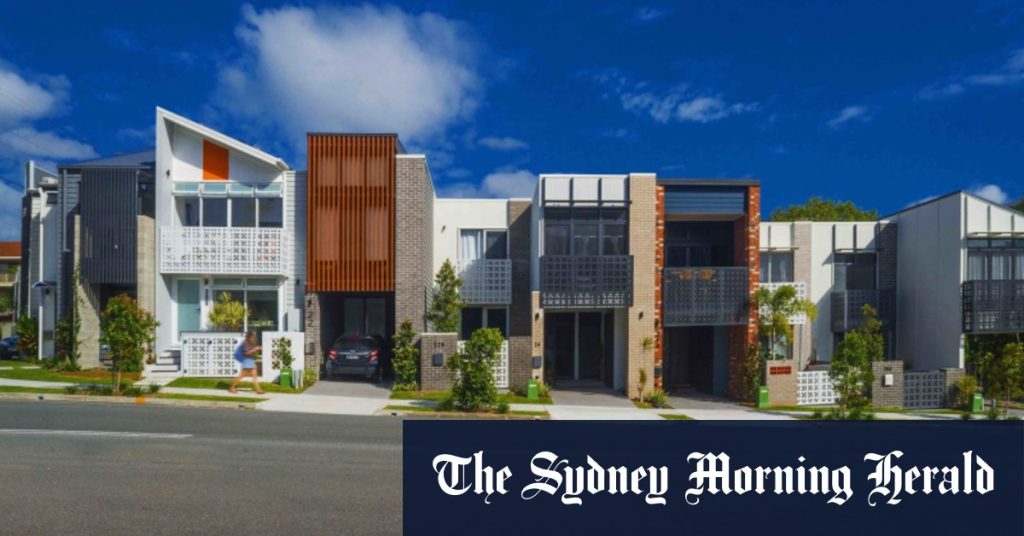The evolution of Australia’s cities and suburbs has led to unique planning challenges, particularly in regards to housing density and parking. In Minneapolis, restrictive zoning laws prevented 70% of the city from contributing to new housing developments, leading to a focus on high-density areas. Brisbane, similarly car-centric with dense CBD and suburbs, faced similar limitations but has the opportunity to learn from Minneapolis’ approach to city-wide change.
The Minneapolis 2040 plan, implemented in 2018, focused on allowing residential development across the entire city, not just in certain areas. By removing planning restrictions and permitting up to three dwellings per block, the city has seen a significant increase in new units, townhouses, and duplexes. This approach has led to a reduction in car parking spaces in some areas, a trend that Brisbane may consider exploring as well.
The concept of “salt and peppering”, where various housing types are dispersed throughout the city rather than concentrated in specific areas, has proven successful in Minneapolis. This approach ensures that no single sector of the city bears the brunt of population growth and allows for a more balanced distribution of new developments. It also helps to alleviate the “not in my backyard” mentality by spreading the impact of new housing options across all neighborhoods.
Encouraging a mix of housing options in all parts of the city allows residents to downsize without having to leave the neighborhood they have lived in for decades. By providing diverse housing choices, cities like Brisbane can cater to the changing needs of their populations as they age and their living situations evolve. This approach also fosters a sense of community by welcoming new neighbors and promoting inclusivity in residential areas.
The lessons learned from Minneapolis go beyond just affordability and include changing the conversation around infill developments. By focusing on welcoming new neighbors and promoting diversity in housing, cities can create a more inclusive and sustainable urban environment. Garred’s paper on Planning for Housing Diversity highlights the importance of considering various housing options to meet the needs of a growing and evolving population.
Overall, the experience of Minneapolis provides valuable insights for Brisbane in addressing housing challenges and promoting sustainable urban development. By adopting a city-wide approach to housing diversity, encouraging mixed-use development, and fostering inclusive neighborhoods, cities can create more livable and vibrant communities for residents of all ages. Garred’s research and expertise in urban planning and design offer practical strategies for addressing housing issues and shaping the future of Australian cities.


